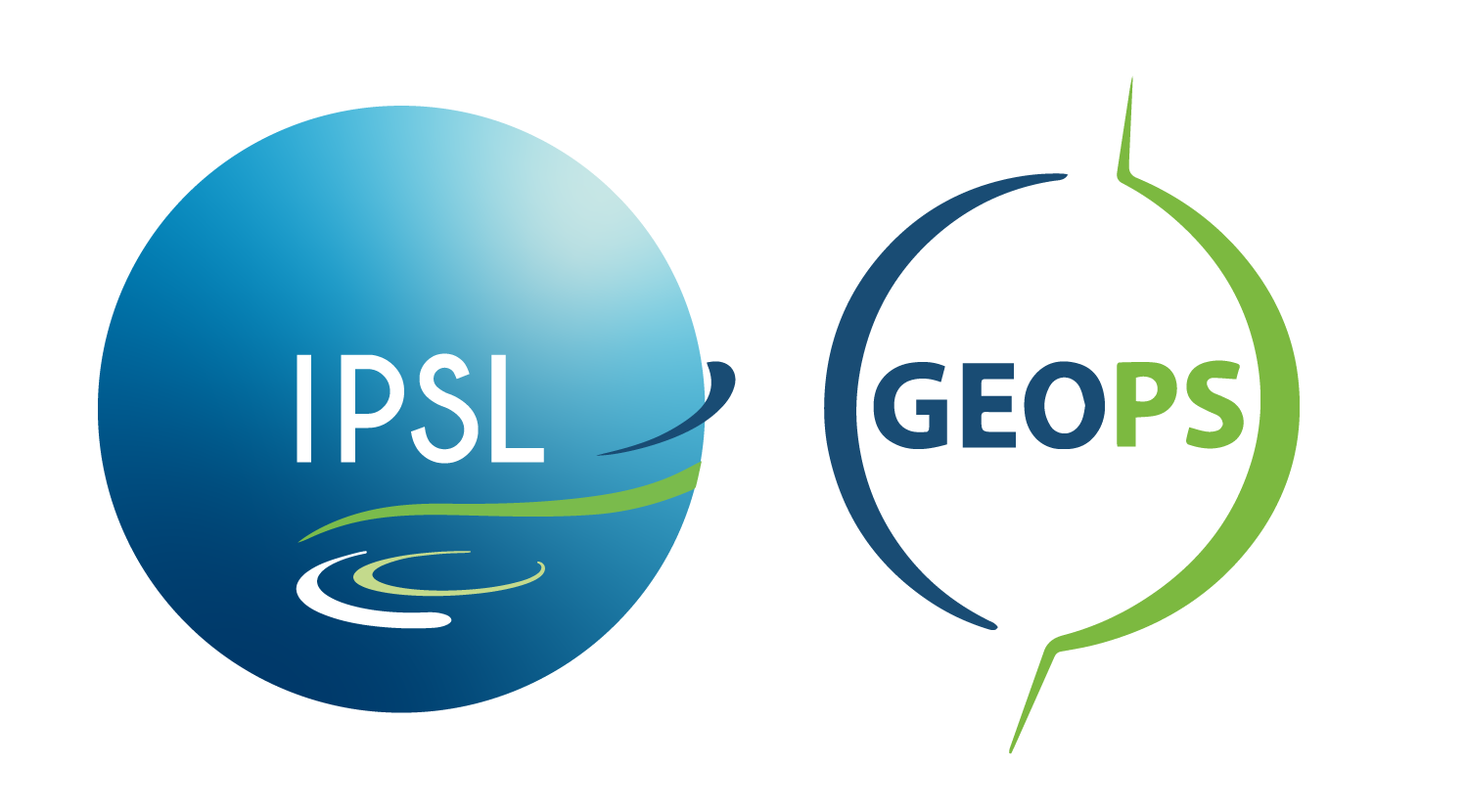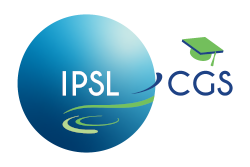Les offres
Si tu es intéressé·e par une offre de stage, rapproche-toi de l’équipe pédagogique de ta formation, pour faire valider l’offre de stage proposée.

Retrouve toutes les offres de stage et d’emploi.

 05-10-2025
05-10-2025
 Se ferme:
09-11-2025
Se ferme:
09-11-2025
 Vues: 69
Vues: 69

Current climate change trends result in rapid permafrost and ground ice retreat in polar and high altitude areas. With potentially 1 700 billion metric tons of organic matter thawing and decaying, this retreat poses the risk of a global climate tipping point due to the uncontrolled increase in atmospheric CO2 and methane concentration. Local arctic communities are directly confronted with permafrost retreat related hazards, damage to infrastructure, loss of native lands and their culturally rooted way of life through coastal erosion, flooding, ground subsidence, thaw slumps, thermokarst and the destabilization of mountain flanks.
Numerical models can help predict the future evolution of permafrost environments and their related hazards assuming the thermal properties of the soils and the related heat transport are accurately represented. Hu et al. (2020) report that limited measured soil thermal conductivity data are available for clay soils and frozen soils, posing issues since the thermal properties of the soils are altered during phase changes. Thermal conductivity has been estimated under specific conditions in the field and in laboratory conditions for different moisture contents (Gavril’ev, 1989), soil ice (Putkonen, 2003) and contents of organic compounds (de Bruin, Bense, & van der Ploeg, 2023). However, different methodological approaches were used for the measurements.
The proposed project aims to bridge this knowledge gap, by experimentally:
- Comparing and validating the most common approaches for thermal conductivity calculation (heat equation, heated needle, two‐prong needle).
- Testing the effect of saturation and related phase changes for different average temperatures.
- Studying the effects of different materials such as sand, loess, peat and the related pore space.
The Master 2 student will perform experiments and analysis at the Geops cold chamber facility. The setup consists of a 70x40x40 cm (HxWxL) inner-dimension insulated plexiglas box in a cold chamber which is filled with the sediment mixes of interest. Freezing and thawing temperature cycles are imposed from the surface of the volume with a cryostat. The experiments will consist in direct measurement of the thermal properties and numerical estimation of the thermal properties from an array of high precision temperature sensors (e.g., Drury, 1988; Conway & Rasmussen, 2000; Caprais et al., 2024; Beck & Nicholson, 2025). The changing thermal properties during the freezing↔defreezing transition (phase change) are of special interest in these experiments. The obtained results will help to identify systematic variations between methodological approaches and help to better constrain soil thermal properties for numerical models.
The proposed schedule for the student is as follows:
February – March: Literature search; test and familiarization with experimental setup (temperature sensors); preparation of material; discussion of the student’s own ideas.
April – May: Systematically performing experiments (one experimental run per week), analysis and presentation of preliminary results.
June – July: Final analysis, Master’s thesis writing and defense preparation.
The student interested in this project is expected to have knowledge of cryospheric processes, scientific programming, and experimental data handling and processing.
A willingness to work and familiarize themselves with hands-on laboratory applications will be highly appreciated.
Additional reading: https://lindseynicholson.org/wp-content/uploads/2011/11/EGU2014-Laboratory-web.pdf
Références
- Beck, C. and Nicholson, L.: Numerical study of the error sources in the experimental estimation of thermal diffusivity: an application to debris-covered glaciers, The Cryosphere, 19, 2715–2731, https://doi.org/10.5194/tc-19-2715-2025, 2025.
- Caprais, M., Shviro, O., Pensec, U., Zeyen, H.: Application of the heat equation to the study of underground temperature. American Journal of Physics, 92, 9, https://doi.org/10.1119/5.0196139, 2024
- Conway, H. and Rasmussen, L. A.: Summer temperature profiles within supraglacial debris on Khumbu Glacier, Nepal, IAHS-AISH P., 264, 89–98, 2000.
- de Bruin, J. G. H., Bense, V. F., and van der Ploeg, M. J.: Soil thermal properties during freeze–thaw dynamics as function of variable organic carbon and grain size distribution, Vadose Zone J., 22, e20252, https://doi.org/10.1002/vzj2.20252, 2023.
- Drury, M. J.: A simple needle-probe method for measuring thermal diffusivity of unconsolidated materials, Geothermics, 17, 757–763, https://doi.org/10.1016/0375-6505(88)90045-6, 1988.
- Gavril’ev, R.I. Thermal conductivity of permafrost soils in relation to natural moisture content. Journal of Engineering Physics 56, 701–706,. https://doi.org/10.1007/BF00870445, 1989
- Goodrich, L. E.: Field measurements of soil thermal conductivity, Can. Geotech. J., 23, 241–253, https://doi.org/10.1139/t86-006, 1986.
- He, H., He, D., Jin, J., Smits, K. M., Dyck, M., Wu, Q., Si, B., and Lv, J.: Room for improvement: A review and evaluation of 24 soil thermal conductivity parameterization schemes commonly used in land-surface, hydrological, and soil-vegetation-atmosphere transfer models, Earth-Sci. Rev., 211, 103419, https://doi.org/10.1016/j.earscirev.2020.103419, 2020
- Putkonen, J.: Determination of frozen soil thermal properties by heated needle probe, Permafrost Periglac., 14, 311–318, https://doi.org/10.1002/ppp.465, 2003.
